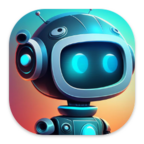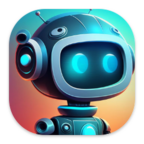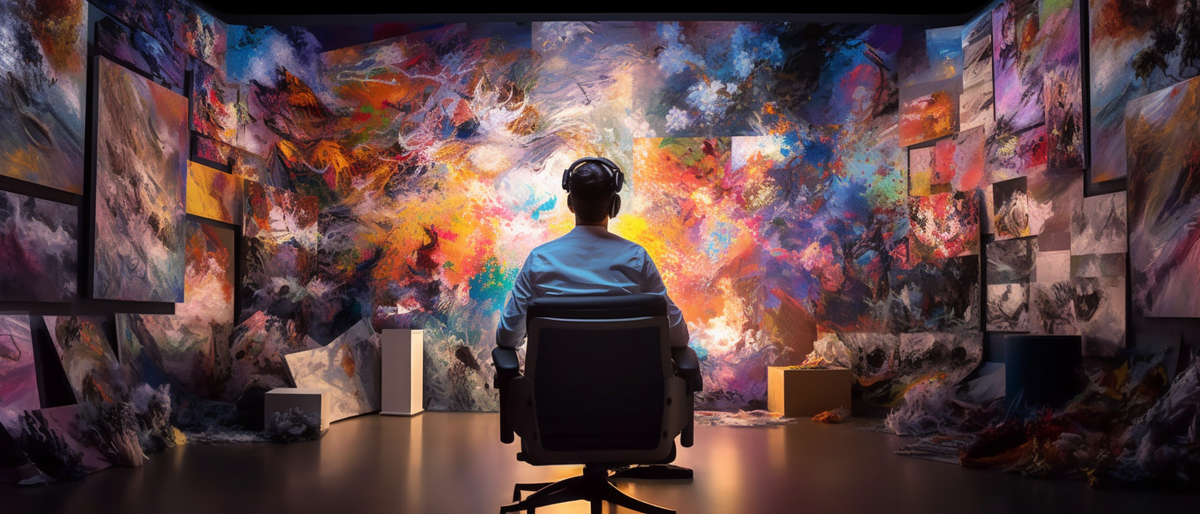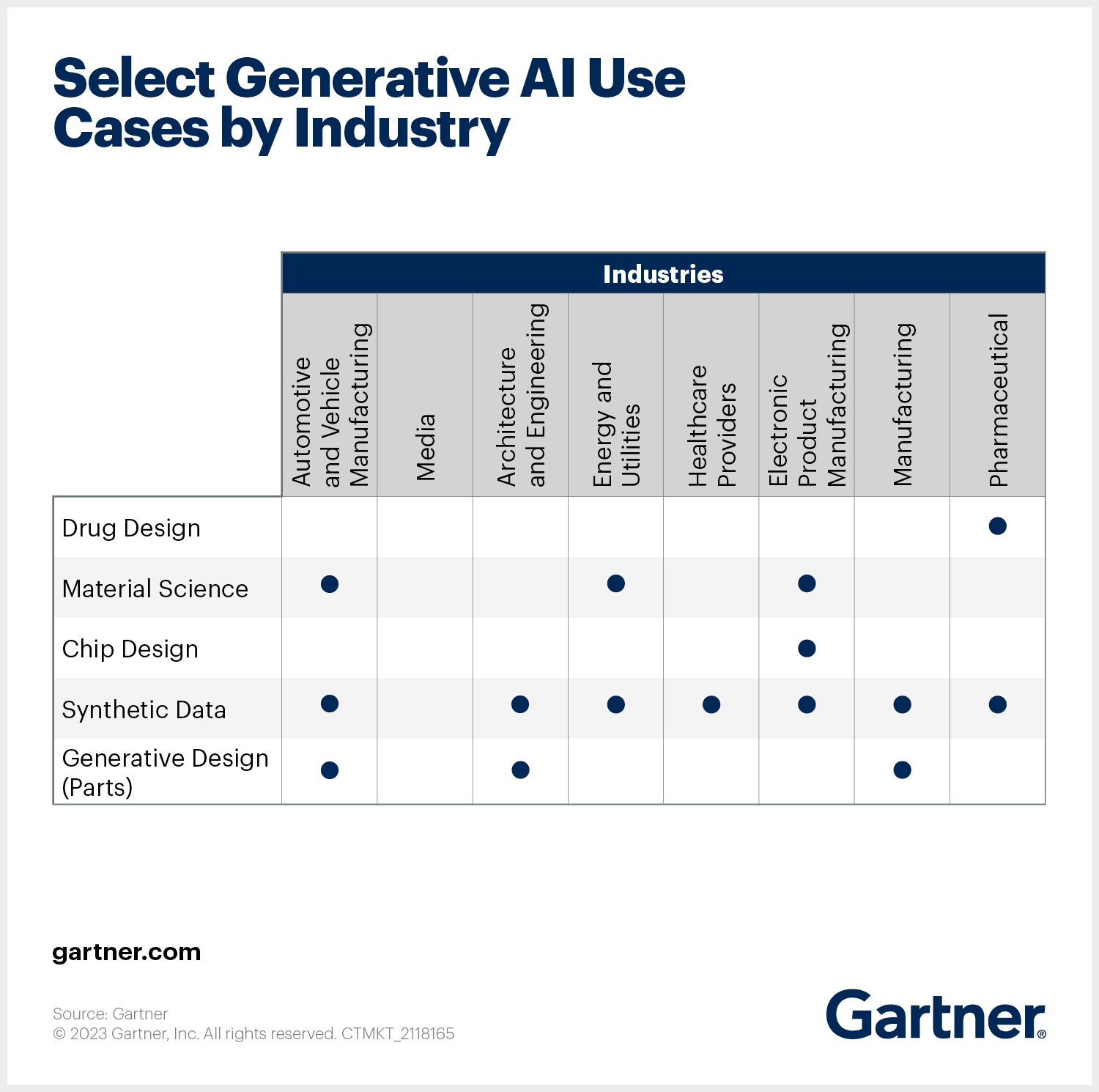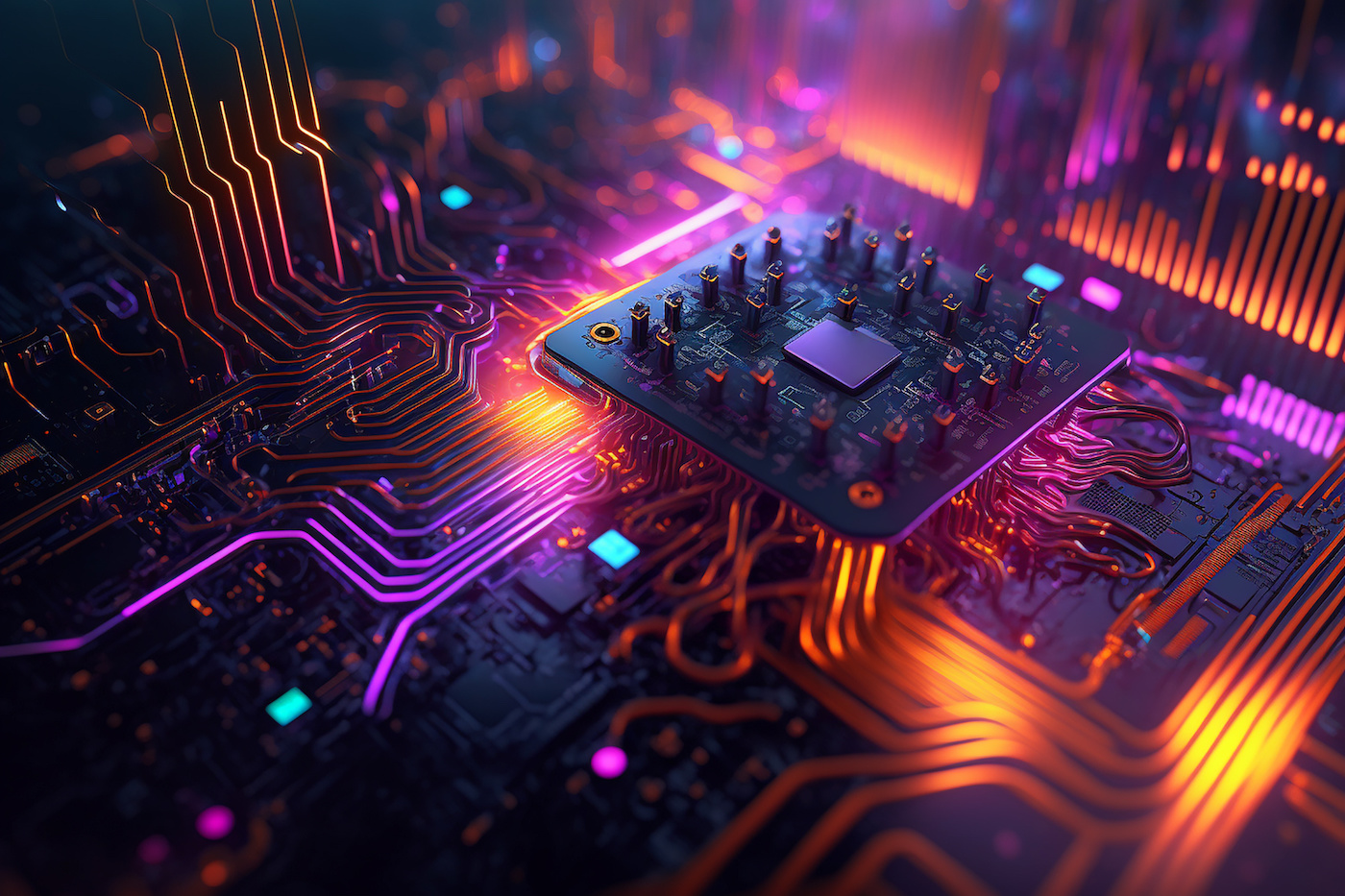Thread
How to use image generators in art and design
Ready for an AI-driven, image-generating, creatively exploding rollercoaster ride? Hold on tight, because here come seven crazy, cool, and unconventional ideas on how to use image generators in art and design:
Generative Portraits:
imagine you can create a portrait of yourself that looks like Picasso painted it. Or Van Gogh. Or even Bob Ross, with all his happy little trees. Sounds cool, doesn't it? With an image generator, it's possible! The good old masters would probably be a bit confused,…
Generative Portraits:
imagine you can create a portrait of yourself that looks like Picasso painted it. Or Van Gogh. Or even Bob Ross, with all his happy little trees. Sounds cool, doesn't it? With an image generator, it's possible! The good old masters would probably be a bit confused,…
Daniel
